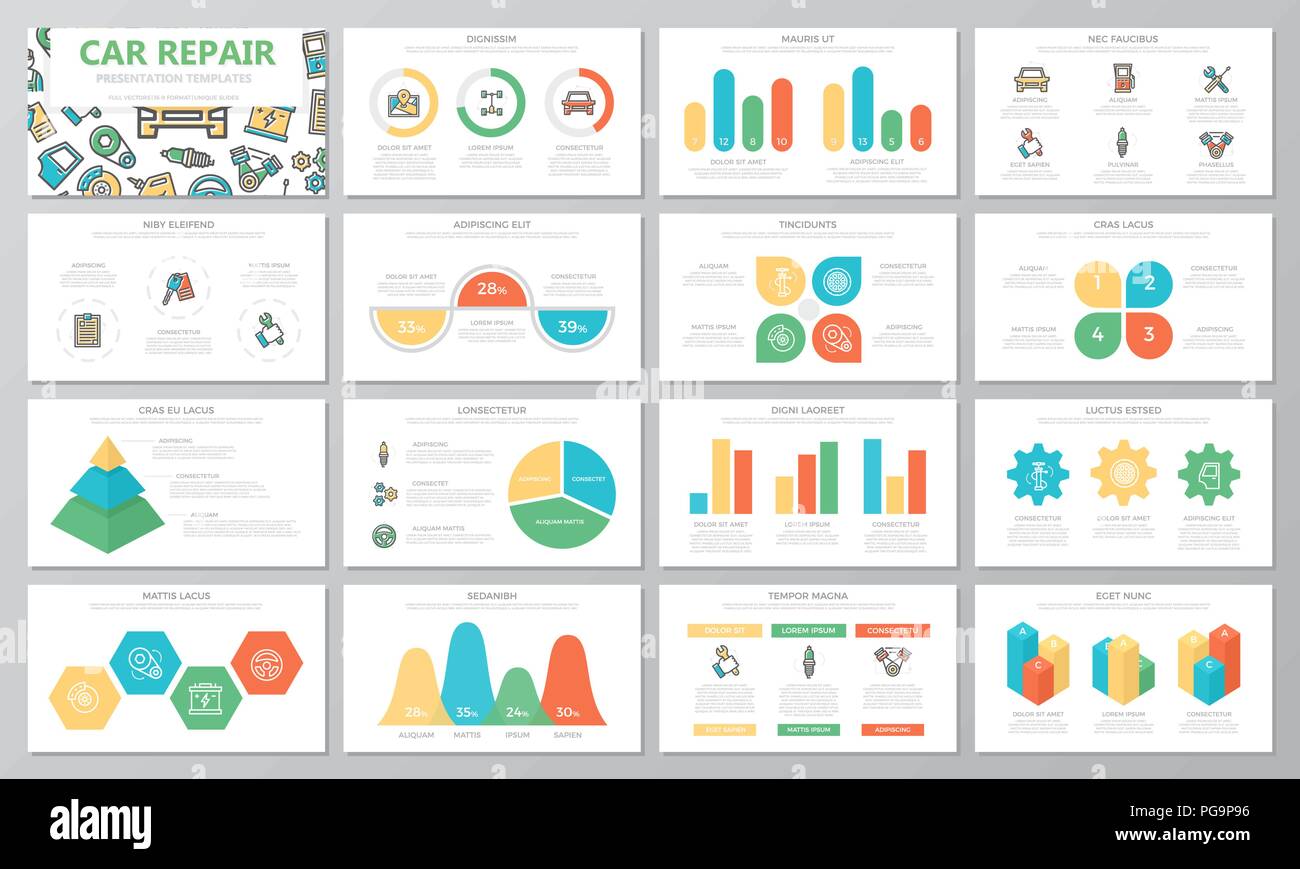Eager To Understand What The Dashboard Warning Lights In Your Auto Signify? Discover Their Definitions For The Well-Being And Safety Of Your Lorry
Eager To Understand What The Dashboard Warning Lights In Your Auto Signify? Discover Their Definitions For The Well-Being And Safety Of Your Lorry
Blog Article
Post Created By-Termansen Forbes
When you lag the wheel, those radiant caution lights on your control panel can be a little bit bewildering. Do you know what they're trying to inform you about your vehicle's health and wellness? Recognizing the significance of these lights is important for your safety and security and the long life of your automobile. So, the following time one of those lights pops up, would not you intend to understand its message properly and take the necessary actions to resolve it?
Common Warning Lights and Interpretations
Determine typical warning lights in your car and understand their meanings to make sure secure driving.
One of the most common caution lights include the check engine light, which indicates problems with the engine or emissions system. If this light comes on, it's essential to have your lorry examined without delay.
The oil pressure advising light indicates reduced oil stress, needing instant focus to avoid engine damages.
A flashing battery light could recommend a faulty charging system, potentially leaving you stranded if not resolved.
The tire stress surveillance system (TPMS) light informs you to low tire stress, affecting lorry security and gas effectiveness. Neglecting this might cause harmful driving conditions.
The abdominal light suggests a trouble with the anti-lock stopping system, endangering your capacity to stop rapidly in emergency situations.
Last but not least, the coolant temperature level alerting light warns of engine getting too hot, which can result in extreme damage if not settled promptly.
Comprehending these typical caution lights will assist you address concerns promptly and maintain secure driving conditions.
Value of Prompt Attention
Recognizing the typical warning lights in your auto is only the initial step; the value of without delay dealing with these warnings can't be stressed sufficient to ensure your safety when driving.
When a warning light brightens on your dashboard, it's your vehicle's way of connecting a prospective problem that requires focus. Neglecting these warnings can lead to more serious problems later on, jeopardizing your security and possibly costing you a lot more out of commission.
https://www.aftermarketnews.com/five-consumer-automotive-repair-trends-to-prepare-for-in-2022/ to warning lights can avoid breakdowns and mishaps. As an example, a flashing check engine light might show a misfire that, if left neglected, might trigger damage to the catalytic converter. Resolving this without delay can conserve you from a pricey repair service.
Similarly, a brake system cautioning light could signify reduced brake fluid or used brake pads, vital components for your safety and security when driving.
DIY Troubleshooting Tips
If you observe a caution light on your dashboard, there are a couple of DIY troubleshooting pointers you can attempt prior to seeking expert help.
The initial step is to consult your auto's handbook to recognize what the specific warning light suggests. Sometimes https://audiecutuning40517.blogsidea.com/37508128/eager-to-recognize-what-the-dashboard-warning-lights-in-your-auto-represent-discover-their-definitions-for-the-wellness-and-safety-and-security-of-your-car can be as simple as a loosened gas cap activating the check engine light. Tightening the gas cap may solve the problem.
One more typical concern is a reduced battery, which can trigger various cautioning lights. Examining the battery links for rust and ensuring they're safe and secure may take care of the problem.
If a warning light continues, you can try resetting it by disconnecting the auto's battery for a few mins and then reconnecting it. Additionally, checking your automobile's liquid degrees, such as oil, coolant, and brake fluid, can assist repair alerting lights associated with these systems.
Verdict
In conclusion, understanding your automobile's caution lights is vital for maintaining your lorry running efficiently and securely. By quickly resolving these notifies and understanding what they suggest, you can stay clear of expensive repairs and prospective breakdowns.
Remember to consult your vehicle's guidebook for specific details on each warning light and do something about it appropriately to guarantee a hassle-free driving experience.
Keep educated, remain safe on the road!
